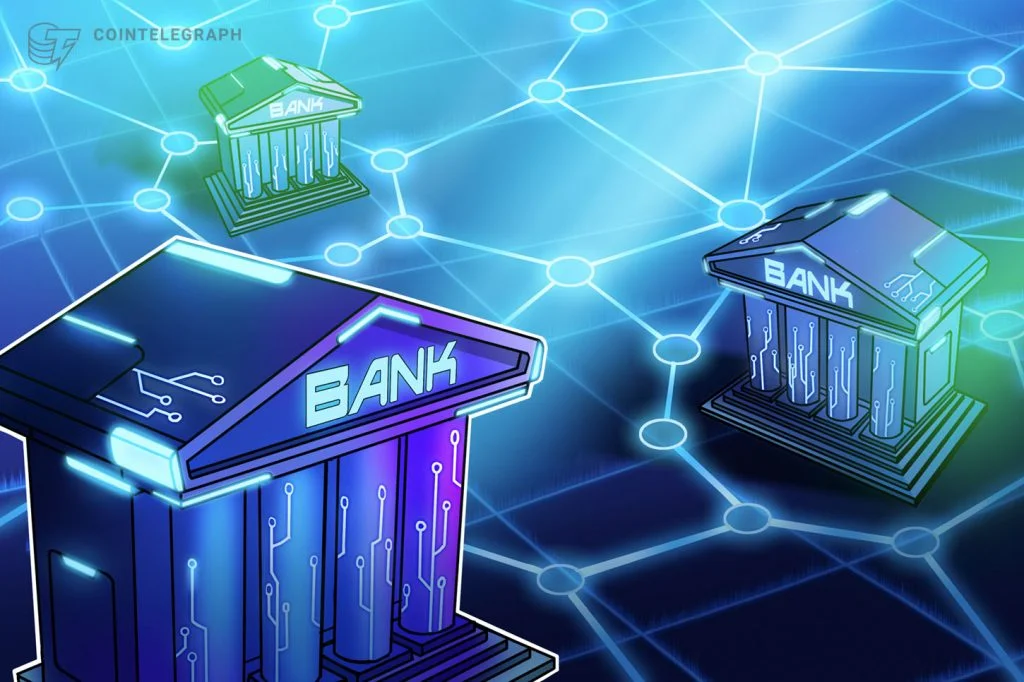Borderless Capital CEO David Garcia, has said that powering cross-border transactions with regulated non-volatile coins to represent fiat on-chain has never happened before.

Two former PayPal employees in business and technology have launched a cross-border payment network on Algorand aimed at “seamless, faster, cheaper, and more transparent payment transactions.”
According to the announcement on Tuesday by fintech infrastructure firm Six Clovers, the firm confirmed its launch of Rapid network, which not only connects banks, merchants and payment providers, but also allows clients to transact businesses in digital currencies and fiat.
The decentralized cross-border payment network founded by Jim Nguyen and Nas Kavian, former employees of Paypal, is backed by venture capital firm Borderless Capital. The network is built on the Algorand blockchain and utilizes the technology behind stablecoins to represent fiat.
According to Algorand CEO Steve Kokinos, Six Clovers, is creating a gap between decentralized finance and traditional finance, thus, expanding accessibility to the next gen of digital products and services.
The project asserted that its network will offer a substitute for payment providers presently using the SWIFT protocol for cross-border payments. Rapid uses USD Coin (USDC) to represent fiat on the Algorand blockchain, provides peer-to-peer transactions and can purportedly handle up to 46,000 transactions per second.
Borderless Capital CEO David Garcia, has said that powering cross-border transactions with regulated non-volatile coins to represent fiat on-chain has never happened before. The network will unleash a wave of mass blockchain use across banks, merchants, and payment providers as they see the need to welcome the digital future.”
According to Algorand, its blockchain is completely carbon neutral as of April, which is a proof-of-stake protocol, not just that, it has implemented a “sustainability oracle” in coalition with ClimateTrade to certify its on-chain carbon footmark and then lock the equal amount of carbon credits into a “green treasury.”
